Gaudi Designed House in Barcelona
His most famous work is La Sagrada Familia. Architect Antoni Gaudi built for eternity. Now the first home he designed is being opened to visitors. It's one of eight UNESCO World Heritage sites by Gaudí in Barcelona.
The Casa Vicens is considered the first building Antoni Gaudi designed and built on his own, and will open to the public on November 16 - the last of his unique buildings in Barcelona to do so. The Catalan architect built this house in 1883, commissioned by Manuel Vicens i Montaner, a stock and currency broker, as a summer home. It remained residential for more than a century. In 2005, together with other works by Gaudi, it was declared a UNESCO World Heritage site. In 2014 a bank based in Andorra bought it, with plans to make it accessible to the public.
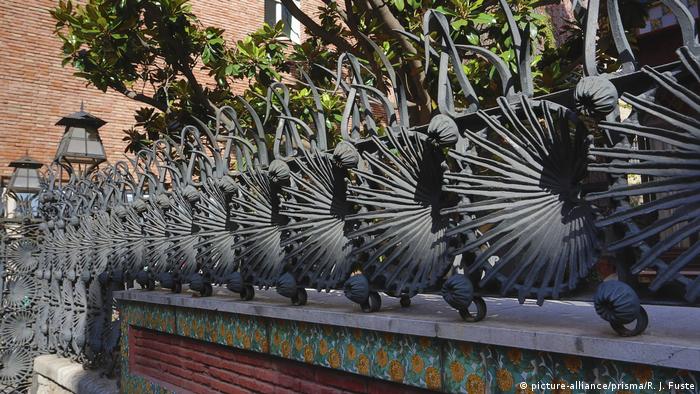
After extensive restoration, the house, at Carrer de les Carolines 18-24 in the Gràcia district, has been transformed into museum that retains all the ingredients so unmistakeably typical of the visionary architect.
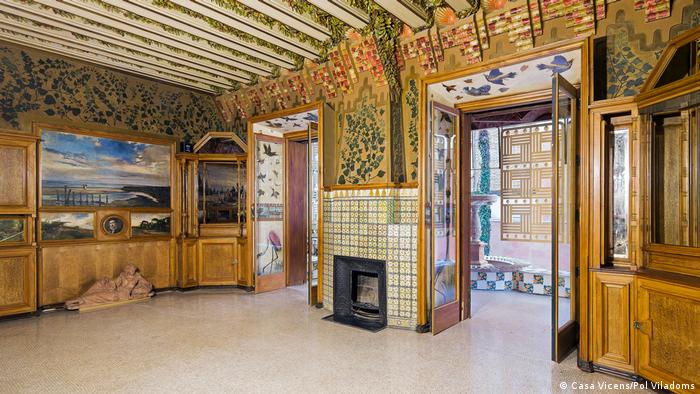
The Casa Vicens was reconfigured and extended a number of times over the years. Now the house is almost twice as large as it was at first and its garden has almost become a park. Starting on November 16, it will be welcoming visitors. The entrance fee is 16 euros; a guided tour costs 19 euros. Tickets are available on the Casa Vicens website.
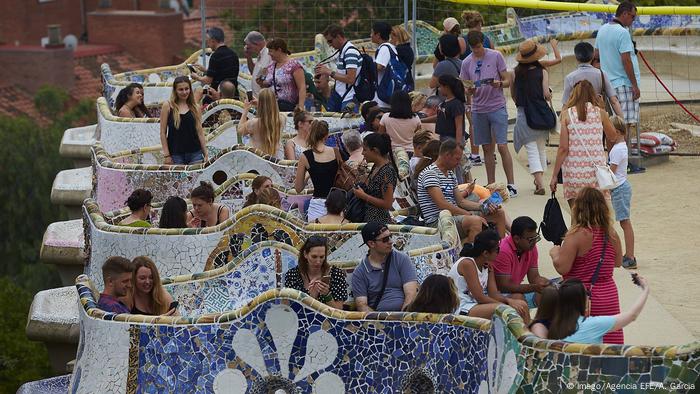
Park Güell, another major work of Gaudí in Barcelona
Antoni Gaudi (1852-1926) is the best-known exponent of Modernisme, a Catalan offshoot of Art Nouveau. This very distinctive style flourished in Catalonia the late 19th and early 20th centuries. Barcelona was the center of Modernisme, and to this day many buildings from that era can be admired all over the city.
is/ch/ms
-
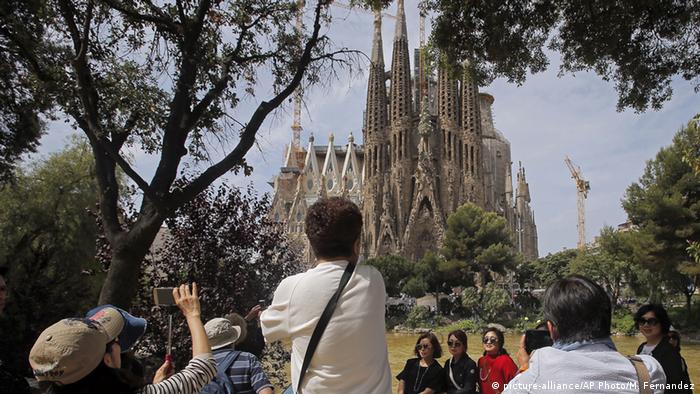
Barcelona, the jewel on the Mediterranean
La Sagrada Familia
Antoni Gaudi's La Sagrada Familia basilica is a major tourist draw in Barcelona. Begun in 1882 by architect Francisco Paula de Villar, it was continued by Gaudi until his death in 1926 — and remains unfinished to this day. A mixture of Spanish Late Gothic, Catalan Modernism and art nouveau styles, the church is also a UNESCO World Heritage Site.
-

Barcelona, the jewel on the Mediterranean
Gaudi's world
La Sagrada Familia, planned for completion in 2026, welcomes visitors from all over the world with an expressive interplay of light and color. Gaudi took nature as the inspiration for his architectural language. The roof is supported by columns that rise toward the sky like trees. In addition to La Sagrada Familia, Gaudi designed the Park Guell and several residential buildings in Barcelona.
-
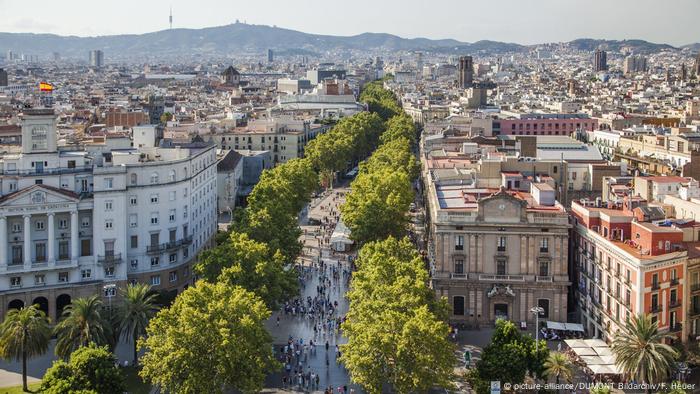
Barcelona, the jewel on the Mediterranean
Las Ramblas
Spanish poet Federico Garcia Lorca wrote that Barcelona's main boulevard was "the one street in the world I didn't want to end." The iconic heart of Spain's second-largest city saw bloodshed on August 17, when more than a dozen people were killed in a terrorist attack. The vibrant promenade is particularly full of pedestrians, shoppers, diners and street performers on warm afternoons.
-
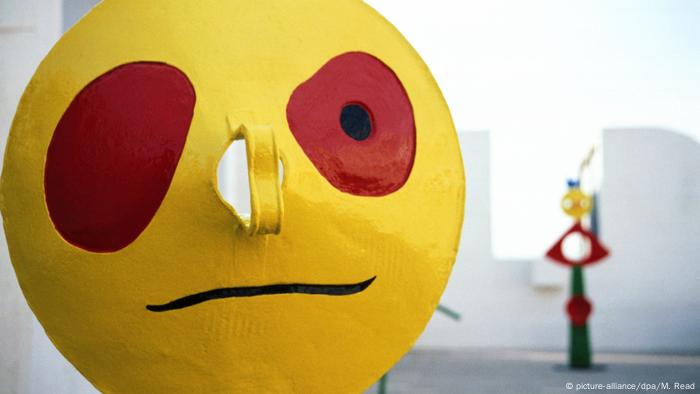
Barcelona, the jewel on the Mediterranean
Fundacio Joan Miro
When terrorists drove a van down Las Ramblas, running over pedestrians in their path, the vehicle came to a halt in front of a statue by Barcelona-born artist Joan Miro (1893-1983). A museum dedicated to the painter, sculptor, and ceramicist is located on the nearby Montjuic hill. His work reflects motifs from Catalan folk art and can also be found throughout the city — like on Las Ramblas.
-
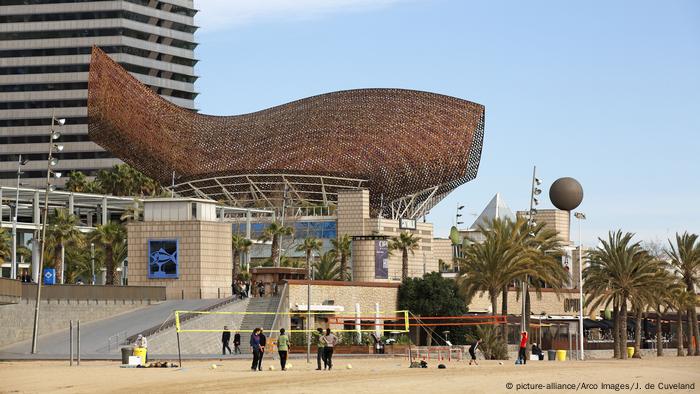
Barcelona, the jewel on the Mediterranean
The harbor
Las Ramblas leads directly down to Barcelona's large harbor. The 1992 Olympic Games in the city sparked a building boom that transformed the cityscape and modified the harbor area. Since then, the Port Olimpic, with its promenade, bars and restaurants, has become a popular attraction. The "Golden Fish," a sculpture designed by architect Frank Gehry for the 1992 Olympics, is a striking landmark.
-
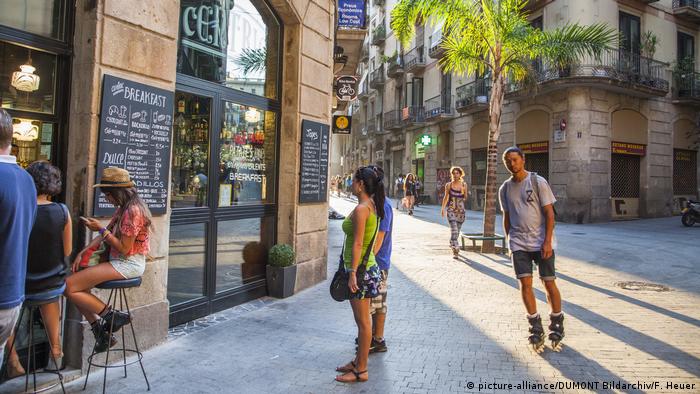
Barcelona, the jewel on the Mediterranean
The Gothic Quarter
Just north of Las Ramblas is the Barri Gotic, the Gothic Quarter in the Old Town. The quarter dates back to the 14th and 15th centuries and contains Roman and medieval landmarks — the oldest in the city. If you don't pay attention, you can lose your way in its maze of alleyways, but at least you won't be bothered by cars. The narrow streets are closed to regular traffic.
-
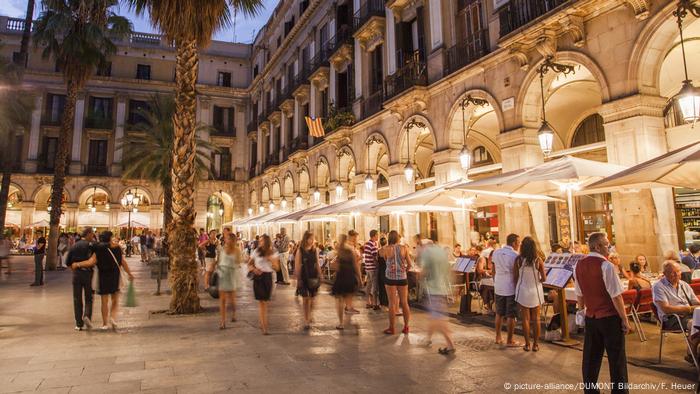
Barcelona, the jewel on the Mediterranean
The squares
In many places in Barcelona, the city streets open up into small or large squares. One of them, Plaça Reial, is just a few meters away from Las Ramblas. It is a popular meeting place for night owls, perhaps because it is home to some of the city's most famous nightclubs. Constructed in the 19th century, the square's lanterns were designed by Catalan architect Antoni Gaudi.
-
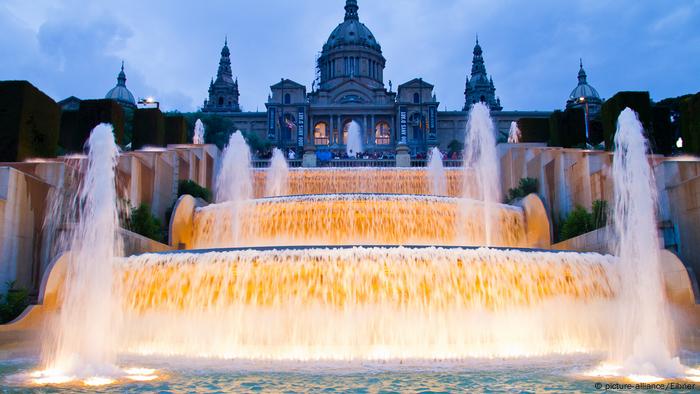
Barcelona, the jewel on the Mediterranean
Font Magica
The Font Magica may well be the most romantic place in Barcelona. Built in 1929 for the International Exposition and restored for the 1992 Olympic Games, the magic fountain's cascades of water are lit in more than 50 shifting hues during the annual Piromusical fireworks and laser show. The Font Magica is the largest fountain in the city and is located at the base of the Montjuic hill.
-
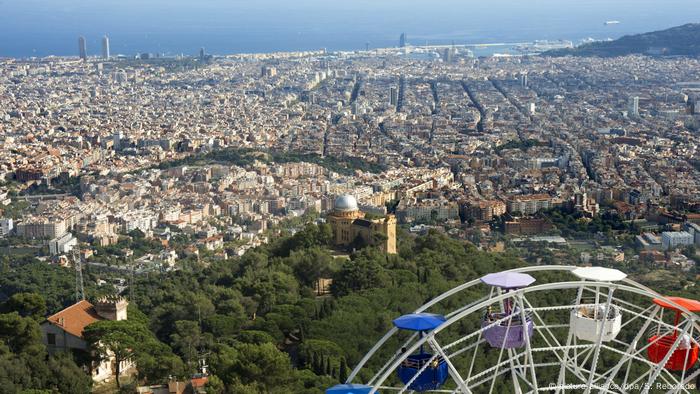
Barcelona, the jewel on the Mediterranean
Tibidabo
Barcelona is framed by two hills, Montjuic (173 meters, 568 feet tall) and Tibidabo (520 meters). Both are perfect vantage points to take in the cityscape, though Tibidabo allows for a slightly better view. It's reached with Barcelona's only historic tram line, the Tramvia Blau. At the summit, an amusement park awaits visitors.
-
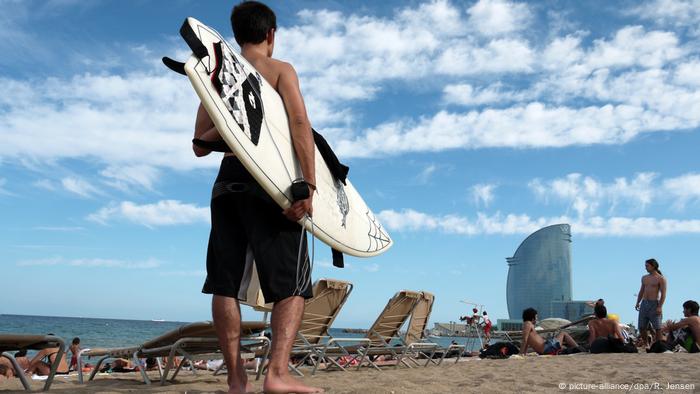
Barcelona, the jewel on the Mediterranean
The beaches
Not only the city of Barcelona but also its nearby beaches draw millions of tourists a year. The coastline near the city spans 4.5 kilometers (nearly 3 miles) and boasts nine beaches, the most popular of which are Barceloneta, Mar Bella, Nova Icaria and Bogatell. In the summer months, water tempteratures reach a comfortable 20-24 degrees Celcius (68-75 degrees Fahrenheit).
Gaudi Designed House in Barcelona
Source: https://www.dw.com/en/first-gaudi-built-house-opens-in-barcelona/a-41369619
0 Response to "Gaudi Designed House in Barcelona"
Post a Comment